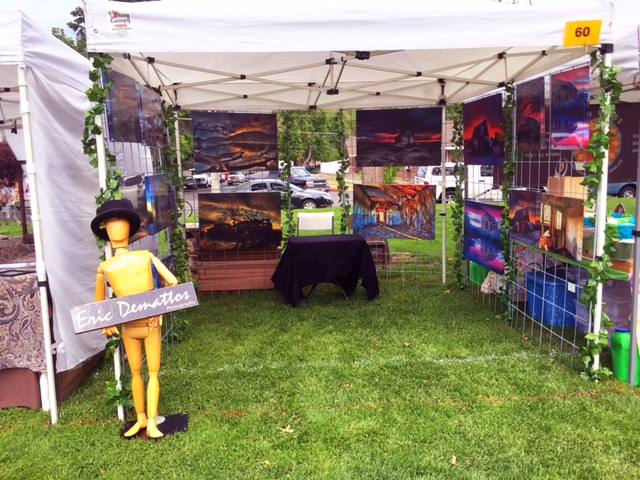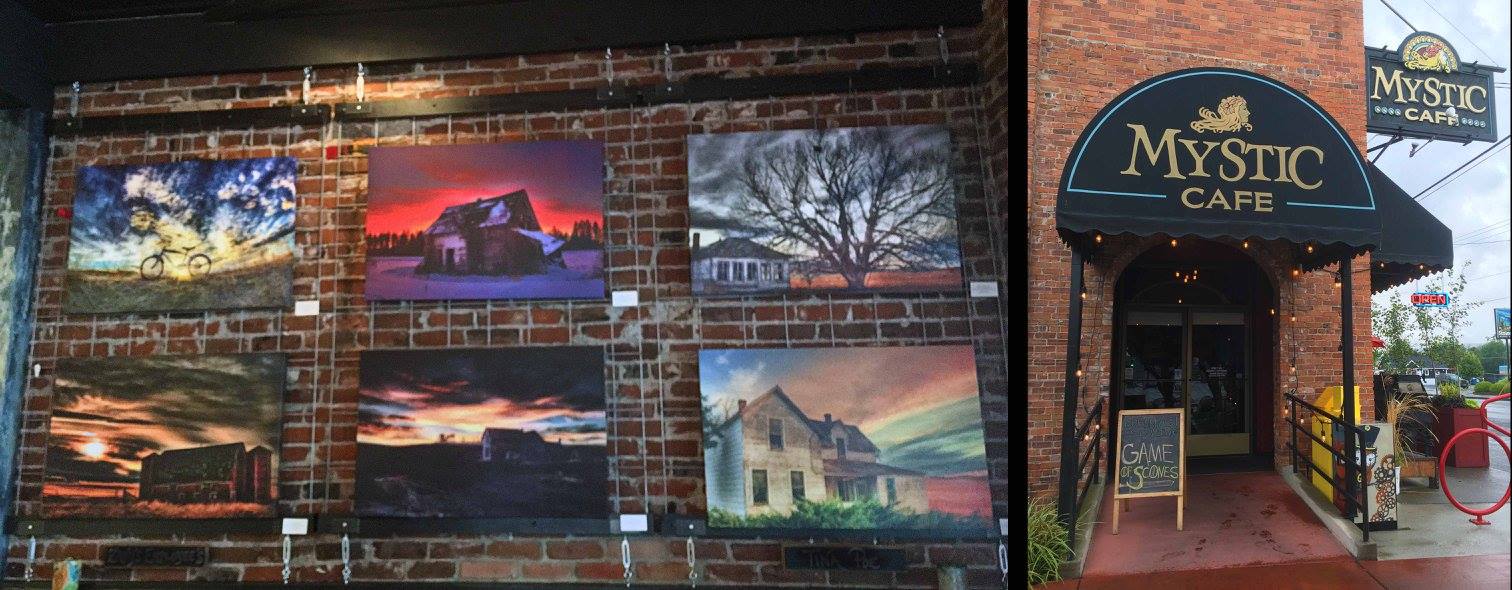9 Marketing and selling your images
Chapter 9: Building Your Photography Business

Photography is a deeply personal pursuit, and for many, creating great images is a fulfilling project in itself. Whether it’s the joy of capturing a perfect moment or the satisfaction of sharing your work with friends, the process can be its own reward. However, for others, photography is not only a personal passion but also a potential source of income—a way to make a living by doing what they love. That’s something I strive for in my own life: to turn my passion into a career.
If you’re considering making a living from your photography, or even just exploring it as a side hustle, it’s essential to think strategically about how to do this. In this chapter, we’ll focus on the various pathways to turning your passion into profit.
In other chapters, I’ve given you specific and direct instructions on how to take better photographs, aiming to grow your technical knowledge. However, when it comes to marketing and selling your work, I’ll stick to more general advice. Why? The technology landscape in this sector changes rapidly. If I recommend a particular website or platform for selling your images, it might no longer exist by the time you read this, or a better platform may have emerged. Instead, I’ll share what has worked for me in the past and outline some general pathways to creating income from your art.
Remember, these are just starting points—each photographer’s journey is unique, and what works for one may not work for another. The key is to experiment, adapt, and find the best fit for your skills and goals.
The Challenge of Wearing Many Hats
One of the biggest challenges of selling your photographs is the need to take on multiple roles, especially when you’re starting small. As a photographer-turned-business owner, you won’t just be creating content—you’ll also need to market your work, promote your brand, handle publicity, manage finances, and much more. It’s a lot to juggle, but with the right mindset and a strategic approach, it can also be incredibly rewarding.
Main Paths to Income
There are several paths to monetizing your photography, each offering unique opportunities:
1. Publications
Selling your photos to publications can be a lucrative way to make money. For example, magazines like Bon Appétit may pay up to $1,500 USD for photography that complements an article about restaurants. Even smaller gigs, like festival coverage for Stereogum, can provide income and exposure, though they may offer less compensation (e.g., $200 USD) and may not cover expenses. Always pay attention to the terms, including rights and credits, before committing.
2. Gallery Sales

Galleries offer a platform to sell your work directly to art lovers. The pricing can vary widely, but galleries typically take a commission of 35% to 50%. To get started, consider resources like www.callforentry.org to find art shows and galleries that match your style and audience.
Preparing Your Work for Galleries: Presentation matters. You might choose traditional frames or explore more modern options, like metal prints, which offer a sleek, contemporary look.
3. Wedding Photography
Wedding photography is a popular and potentially lucrative avenue. In 2020, the average price for a two-hour wedding shoot in Spokane was around $968, with one-hour and four-hour shoots averaging $605 and $1,695, respectively. Prices vary by region and experience, but wedding photography consistently provides opportunities to earn. This niche requires not just technical skill but also the ability to capture meaningful, once-in-a-lifetime moments.
Practical Steps to Get You Started
Building your photographic resume is crucial for establishing your career in fine art and gallery sales. Although the steps I outline are tailored to this pathway, they are also valuable for photographers in other fields.
Step 1: Get Your Work Seen by Others
Exposure is key when starting your photography business. However, not all exposure is good—be wary of offers that promise “good exposure” in exchange for free work. Time and resources are limited, so choose exposure opportunities wisely. To cover your bases, create an online portfolio where you can direct interested parties. Your portfolio is your visual résumé, so make sure it reflects your best work and protects your images from theft, using watermarks or other strategies. You can host your portfolio on your own website or use an established social media platform, but keep in mind that platforms can change their rules, algorithms, or even disappear, impacting your online presence.
Step 2: Get Your Artwork on Walls

Start locally by getting your photographs displayed in physical spaces. For example, approach local coffee shops, restaurants, or other businesses that already display art on their walls. Offer a percentage of sales (similar to gallery commissions) if any pieces sell. This not only helps to get your art seen but also provides valuable feedback on which works resonate with viewers. As you see what garners positive reactions, you’ll gain insights into which pieces to feature more prominently in your portfolio and which to submit to calls for art.
Step 3: Enter Calls for Art
Once you have a sense of which pieces are your strongest, start entering them into calls for art. These opportunities can come from private galleries, municipalities, corporate buildings, schools, and colleges. While many calls for art require entry fees, some are free. Be selective about where you submit, focusing on the best venues for your work and maximizing your resources. Most shows offer the chance to sell your work, and many also provide prize money for top entries, giving you the potential to earn in multiple ways.
Step 4: Apply for Solo Shows
As you build a significant body of work, aim to apply for solo shows at galleries. These shows allow you to showcase your work in depth and establish connections with collectors, buyers, and galleries that appreciate your art. Solo shows can be a significant step in advancing your career, offering opportunities to present a cohesive vision of your work and build lasting relationships in the art community.
Final Thoughts: Start Small, Think Big
Building a photography business takes time, patience, and a willingness to take on roles beyond just being a photographer. Whether it’s managing your finances, promoting your work, or finding the right outlets for your images, the journey is as much about learning as it is about creating. Begin with these pathways, and don’t be afraid to pivot and adjust as you discover what works best for you. Your passion for photography is your strongest asset—use it to create a fulfilling career that reflects your love for the art.

